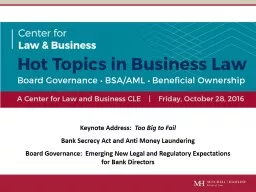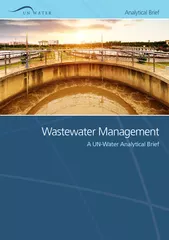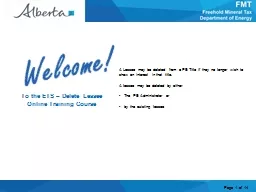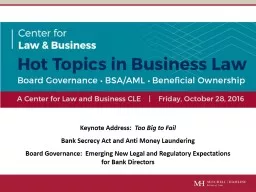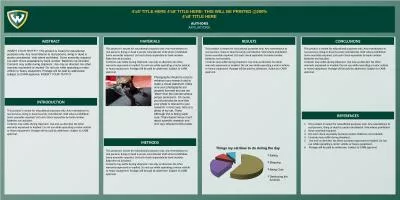PPT-PREHEADER HERE Chapter or title to go here.
Author : liane-varnes | Published Date : 2018-11-08
Use this style of page for title cards and section headers only Consider for example whether charts and graphs will compete visually with the graphic elements on
Presentation Embed Code
Download Presentation
Download Presentation The PPT/PDF document "PREHEADER HERE Chapter or title to go he..." is the property of its rightful owner. Permission is granted to download and print the materials on this website for personal, non-commercial use only, and to display it on your personal computer provided you do not modify the materials and that you retain all copyright notices contained in the materials. By downloading content from our website, you accept the terms of this agreement.
PREHEADER HERE Chapter or title to go here.: Transcript
Download Rules Of Document
"PREHEADER HERE Chapter or title to go here."The content belongs to its owner. You may download and print it for personal use, without modification, and keep all copyright notices. By downloading, you agree to these terms.
Related Documents

